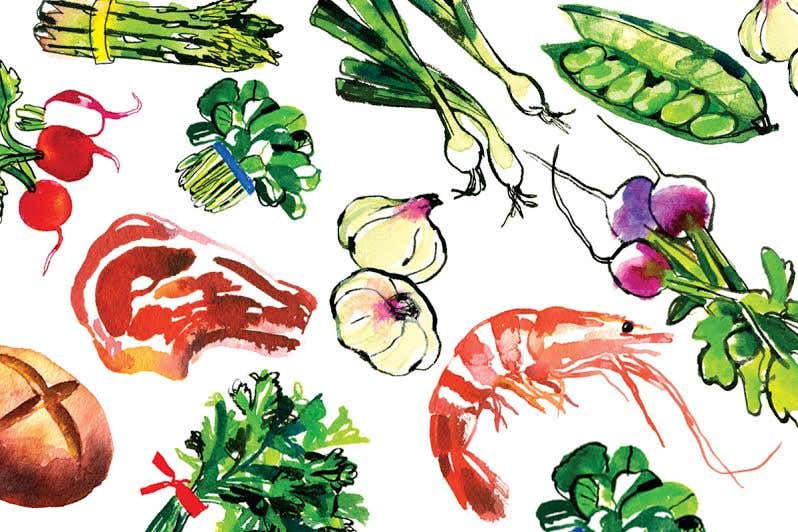
I live in Pittsburgh, where there is a sizable Italian population and thus a sizable Roman Catholic population. Over the years, then, I've heard more than a little about Saint Joseph's Day, a Catholic holiday celebrated annually the world over on March 19 and naturally quite a big deal in Italian-American communities.
Last year I was invited by chef Rizzi DeFabo to be a guest at his fourth-generation family restaurant, Rizzo's Malabar Inn in Crabtree, Pennsylvania, an hour north of Pittsburgh, for its annual Saint Joseph's Day feast. He promised a bread altar and a dish called Saint Joseph's pants; whatever those were, I decided I had to see them. I recruited an Italian friend to go with me. On the way, she explained that although most people know Joseph as the husband of Mary and the acting father of Jesus, he is also the patron saint of carpenters, confectioners, laborers, the dying, families, social justice, fighters against communism, and the countries Peru and Canada. His feast day was first proclaimed in Sicily in the Middle Ages during a drought. The people prayed to Saint Joseph, and rain came; the Sicilians decided to celebrate the saint by preparing feasts in his honor. Because bread was a precious commodity, they showed their appreciation by constructing altars adorned with it in their homes and squares.
When we arrived on time at the restaurant, the parking lot was already crowded. Chef DeFabo proudly led us to the altar, called la tavola di San Giuseppe (Saint Joseph's table), and explained how he and his family had pitched in to build it. Draped in white linen, it looked like a wedding cake: three tiers of shelving, representing the Holy Trinity, held huge loaves of intricately formed and decorated breads shaped into traditional religious symbols—a shepherd's staff, a crown of thorns, a chalice.
After admiring the altar, we sat down to eat. There were platters of smelts, calamari, and sweet banana peppers, dishes of baccala, and bowls of spaghetti with walnuts, raisins, and bread crumbs, the last said to symbolize the wood shavings from Saint Joseph's carpentry shop. But the best part was the revelation of Saint Joseph's pants—named for their supposed shape (called calzone, "pants", in Italian, the same as the pizza parlor savory pie)—which turned out to be deep-fried sweet pastries filled with spiced and honey-sweetened mashed chickpeas. The DeFabos and their staff spend about two days frying more than 3,000 of them every year. "We don't sell them. We give them away, because it's the Saint Joseph's Day custom to share with everybody," DeFabo said.
Keep Reading
Continue to Next Story










